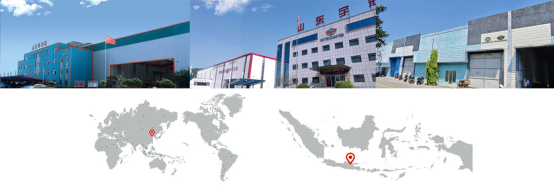Survival Rules in Humid Climates: White Paper on High-Moisture Raw Material Processing Technology for Biomass Pellets in Southeast Asia

n Challenges of High-Moisture Raw Materials
1.Reduced Pellet Density: Excess moisture hinders compression, leading to loose, fragile pellets with low combustion efficiency.
2.Corrosion & Downtime: Prolonged exposure to steam and humidity accelerates rust in machinery components like rollers and molds.
3.Energy Inefficiency: Drying high-moisture feedstock consumes significant energy, raising production costs.
n Key Technologies for Humidity Control
1. Intelligent Pre-Drying Systems
Modern biomass pellet machines integrate automated drying modules that adjust heat and airflow based on real-time moisture sensors. For example, rotating hollow drums with hot-air circulation systems ensure uniform drying while minimizing energy waste4. Technologies like pulsed cyclone bag dust collectors further enhance efficiency by recycling heat.
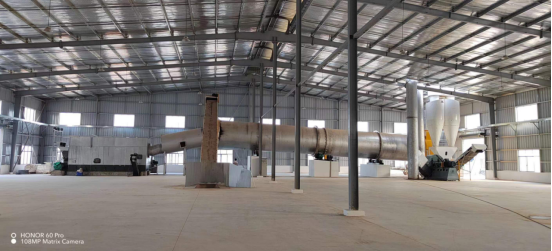
2. Anti-Corrosion Material Design
To combat humidity-induced corrosion, critical components such as molds and rollers are now crafted from alloy steel or coated with anti-rust nanomaterials. These upgrades extend equipment lifespan by 30-50%, even in coastal Southeast Asian regions.
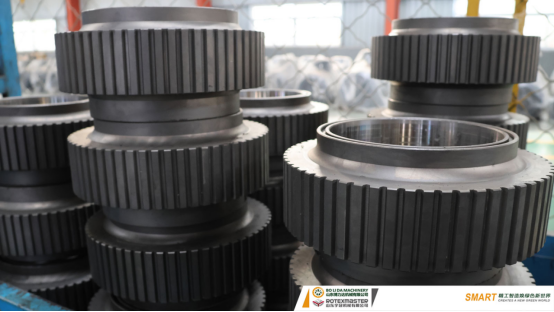
3. Closed-Loop Humidity Management
Advanced systems combine drying, cooling, and screening into a single workflow. For instance, post-pelletizing cooling towers prevent reabsorption of ambient moisture, while AI-powered humidity controllers maintain optimal conditions (10-15% moisture) throughout production.
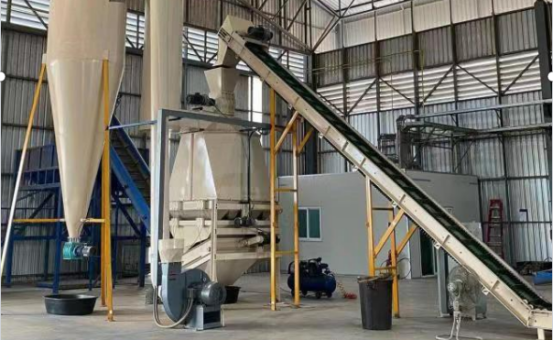
4. Modular Adaptability
Flexible biomass pellet machines allow quick adjustments for diverse feedstocks like palm kernel shells or rice husks. Features such as interchangeable molds and adjustable compression ratios ensure consistent pellet quality despite varying raw material properties.
n Case Study: Success in Southeast Asia
A palm waste processing plant in Thailand reduced downtime by 40% after adopting a biomass pellet machine with integrated humidity control. By combining heat-recycling dryers and corrosion-resistant molds, the plant achieved a pellet density of 1.2 kg/m³, meeting EU certification standards.
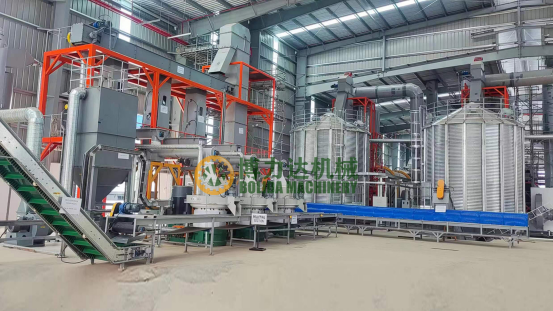
n Best Practices for Operators
1.Pre-Treatment: Crush raw materials to ≤5mm particles for uniform drying.
2.Regular Maintenance: Clean dust filters weekly to prevent clogging in humid conditions.
3.Energy Recovery: Use steam from pellet compression to preheat incoming feedstock, cutting energy use by 15%.
n Introducing Shandong Bolida Machinery Co., Ltd.
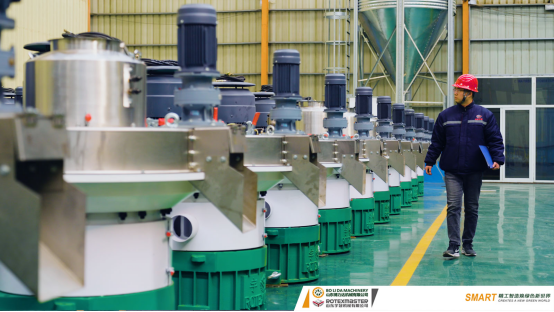
As a leader in biomass equipment manufacturing, Shandong Bolida Machinery Co., Ltd. specializes in high-performance biomass pellet machines tailored for tropical climates. Their flagship model, the YGKJ-560, features:
1.Hybrid Drying System: Combines hot-air circulation with microwave drying for 30% faster moisture reduction.
2.AI-Powered Optimization: Real-time adjustments to compression force and temperature based on feedstock humidity.
3.Global Compliance: Meets EU REACH and RCEP certification standards, ideal for Southeast Asian exporters.
With over 15 years of R&D expertise, Bolida’s solutions have empowered clients in Malaysia, Vietnam, and Thailand to overcome humidity challenges while boosting ROI by 25%.
